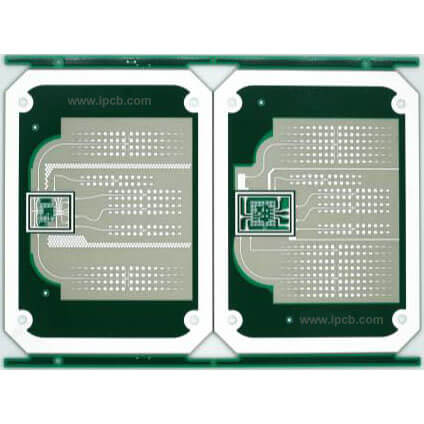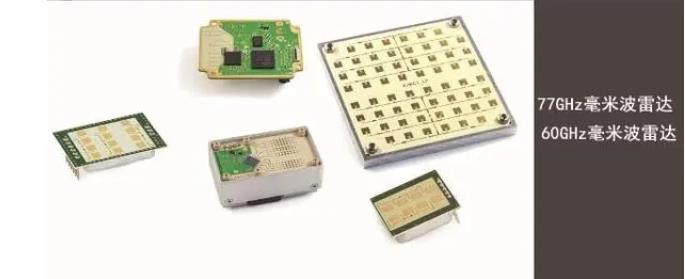PCB manufacturers introduce the development direction of millimeter wave radar PCB technology
1. High resolution
High resolution has always been the technical index of millimeter wave radar PCB. Here are two technical routes:
1.. Increase bandwidth, such as 76-81ghz, and the maximum bandwidth can reach 5GHz.
2. Multi level connection to increase the number of channels.
In 2017, it launched the world's highest precision single-chip millimeter wave radar sensor, that is, awr1x and wr1x transceivers working with 76-81ghz, and then launched several 76-81ghz millimeter wave radar front ends based on these two transceivers, including awr124, awr1443 and awr1642.

millimeter wave radar PCB
2.MIMO
Basic meaning of MIMO Radar: the radar uses multiple transmitting antennas to transmit mutually orthogonal signals at the same time to irradiate the target, and then multiple receiving antennas to receive the target echo signal and conduct comprehensive processing to extract the spatial position, motion state and other information of the target.
3. CMOS RF process
The most prominent advantage of millimeter wave radar PCB is its low price, even compared with vision system. At the same time, millimeter wave radar is an active device, while the vision system is a passive device. The active device has a relatively broad mining potential, while the overall structure of the passive device CMOS image sensor has not changed since its inception. After the transceiver is converted from SiGe to silicon-based CMOS, the cost performance is further improved.
4. 4D millimeter wave radar
For a long time, millimeter wave radar has been unable to achieve high-density point cloud imaging, effectively analyze the contour and category of targets, detect stationary targets and small targets, and has the performance problems of low resolution.
Therefore, millimeter wave radar is considered as an auxiliary sensor for automatic driving, which is limited in automatic driving system above L2. The appearance of 4D high-precision imaging millimeter wave radar will completely change this situation.
4D high-precision imaging technology increases the detection and analysis of target pitch height data by radar, and can realize the information perception of pitch angle, time, distance and azimuth. After adding time dimension information, 4D high-precision imaging millimeter wave can effectively analyze the behavior, size, contour, category and so on. This is the most effective complement to the vision and expensive lidar formed in the automatic driving system above L2. The 4D high precision imaging millimeter wave radar will become the main sensor for automatic driving above L2.

millimeter wave radar PCB
By adding virtual channels, 4D high-precision imaging millimeter wave radar can greatly improve the resolution, confidence and detection range of target detection (such as distance and FOV), and evolve high-density point clouds like lidar, which can bring rich perceptual enhancement applications.
When identifying smaller objects, detecting occluded objects, stationary objects and laterally moving obstacles, and applying more complex road conditions, 4D high-precision imaging millimeter wave radar provides more valuable road condition information that can not be obtained by vision and lidar, so as to improve the safety of the system after fusion.
Based on the advantages of existing milimeter wave radar PCB, 4D high-precision imaging millimeter wave radar senses the environment through four dimensions and provides richer data than traditional millimeter wave radar PCB; When the PCB of 4D high-precision imaging millimeter wave radar enters the large-scale mode, the cost is only 1 / 10 of that of lidar. Therefore, 4D high-precision imaging radar will become the core sensor of autopilot, replace the low-end lidar, and occupy a dominant position in the future autopilot scheme, so as to realize the mass production autopilot scheme with low cost and high performance.